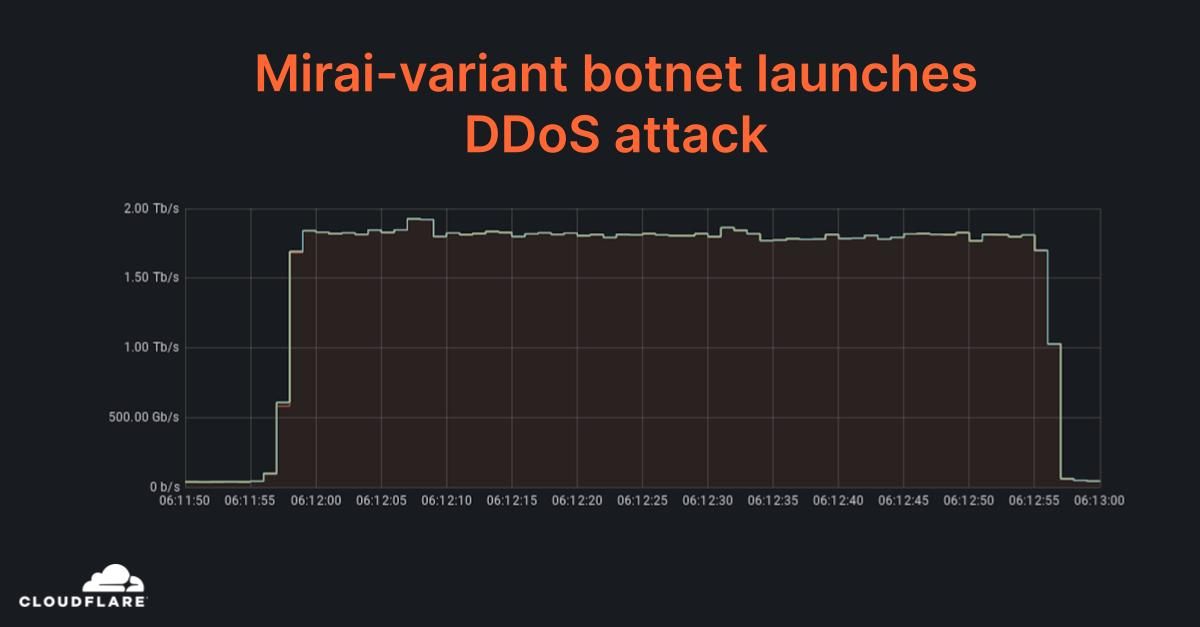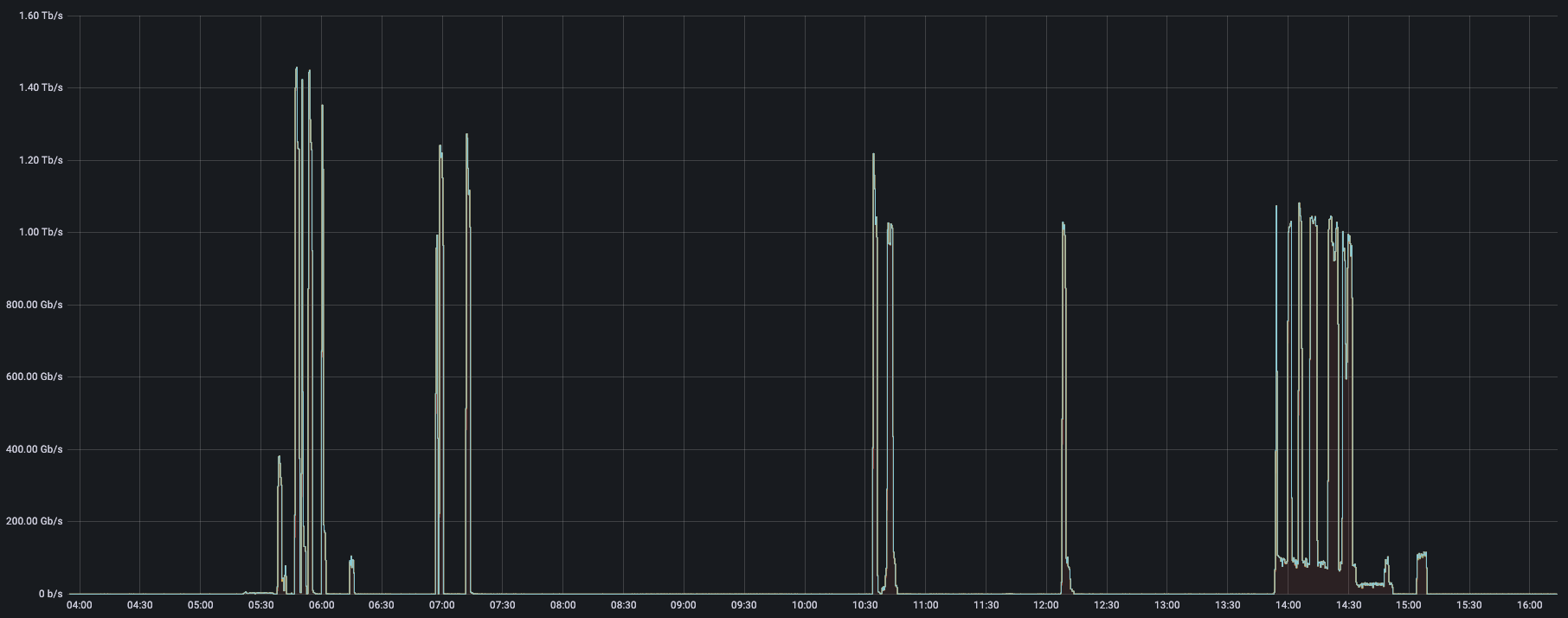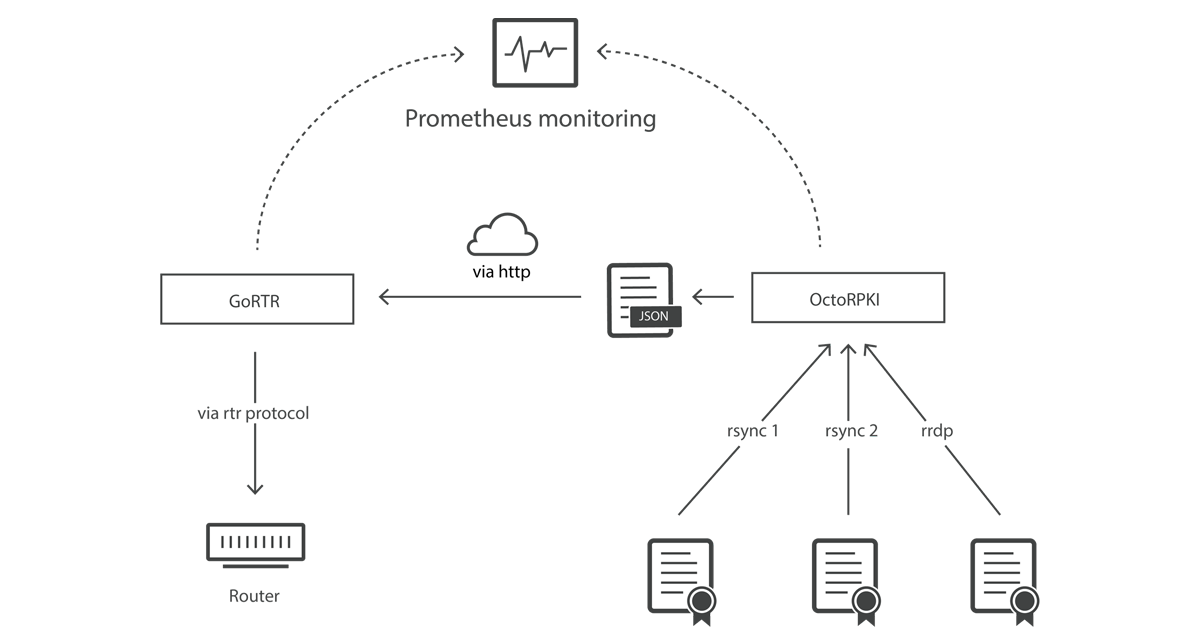Having a Cloud Router – Always handy!
Note:
This can be set up for free of cost in a sense of having 100$ cloud credit and Trial license for vMX and is for testing for a limited amount of time for and setting a router in the cloud, In the long run, even this testing would cost some money.
This will guide you on how to set up a prod system properly on AWS – https://www.juniper.net/documentation/us/en/software/vmx/vmx-aws/topics/concept/vmx-aws-overview.html
I Wish
Often I wish that I have some sort of online cloud router (either Cisco or Juniper) to look around some knobs and also to do some rapid testing or rehash of some of the concepts. I prefer mostly Juniper for their awesome logical-systems concept and it’s easy to build a good number of 14 routers that can also run MPLS.
Solution
With Docker and Kubernetes, many of the NFV functions are even easier, I came across implementations of Juniper cRPD Route Reflectors in production environments and its all based on docker-containers, and their orchestration and vMX and other product lines are very well engineered at this point in time and no longer they are at starting stage.




